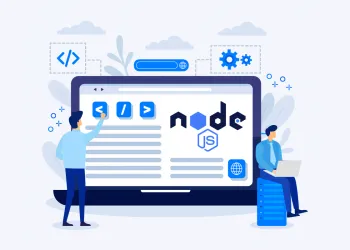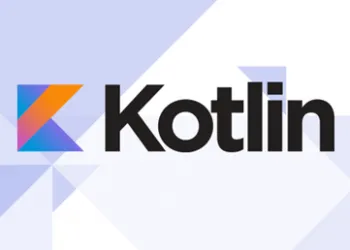CIOs face a strategic problem: there is a lot more software to be written than there are developers to write it. As a result, software developer salaries are at an all-time high, and an MIT study found that 13 percent of enterprise software developers left their jobs between April and September 2021.
This isn’t a new problem, but there are some new things to try, like innovative solutions that give CIOs new ways to solve the problem strategically.
At the highest level, there are two main approaches: finding ways to solve a problem without writing code and reducing the amount of code developers need to write. This means that there is a lot of innovation in this area: No-Code solutions.
No Code Solutions
CIOs in companies that are focused on growth or going through a digital transformation are in a good position to use no-code tools because they don’t need developers and protect against technical debt and the cost of maintaining code. No Code is especially good for automating business processes, which are at the core of how all organizations get work done. Manual processes, like “spreadsheet wrangling,” slow down growth because they are fragile and break when things change. To fix them, you have to retrain and change behavior.
In the past, software developers did a lot of this automation. Business automation led to the development of tools for enterprise programming languages like Java. In the 2000s, Spring Java became the best framework for quickly making web-based business apps. In the 2010s, Spring reinvented itself with Spring Boot, a framework for building not only websites but also APIs and the microservices that support them. The focus has moved away from websites that work on their own and toward more complicated integrations of processes and data that make automation easier. Gartner calls this “the composable enterprise.”
But a lot of what was built in the 2000s as a Spring Java application could be built today in a modern CMS by Adobe or ContentStack, and these platforms can also access data and processes behind external APIs. More general “super-spreadsheets in the cloud” like CloudApper can connect almost anything with an API for automation into a solid, responsive cloud-based web app.
Gartner calls this strategy of automating everything as much as possible “Hyper Automation.” The chance for CIOs is to use the sophistication of new automation platforms to get “business technologists” to work with IT to automate everything. In a case study of Heathrow Airport, IT staff created communities of interest around no-code tools to speed up their use. They also set up three levels of IT cooperation with the business based on scope and risk: “private pilot” (IT mostly stays out of the way), “co-pilot” (IT helps the business lead), and “passenger” (IT leads with business involvement). One important result was that it saved $2 million that would have been spent on making traditional apps with traditional coding.
No-code solutions make development easier for everyone and give anyone who wants the power to make mobile and web apps. No-code is the future of development and could soon become an industry standard because it is easy to use, efficient, and involves a larger group of people.
















